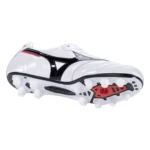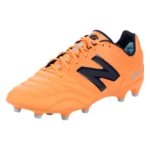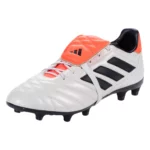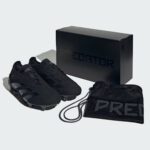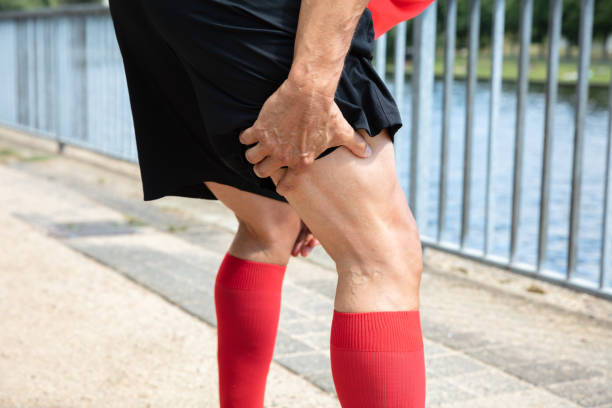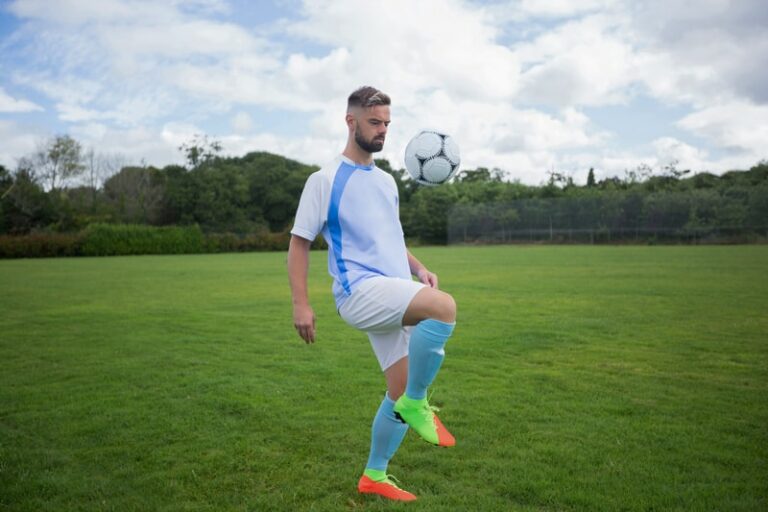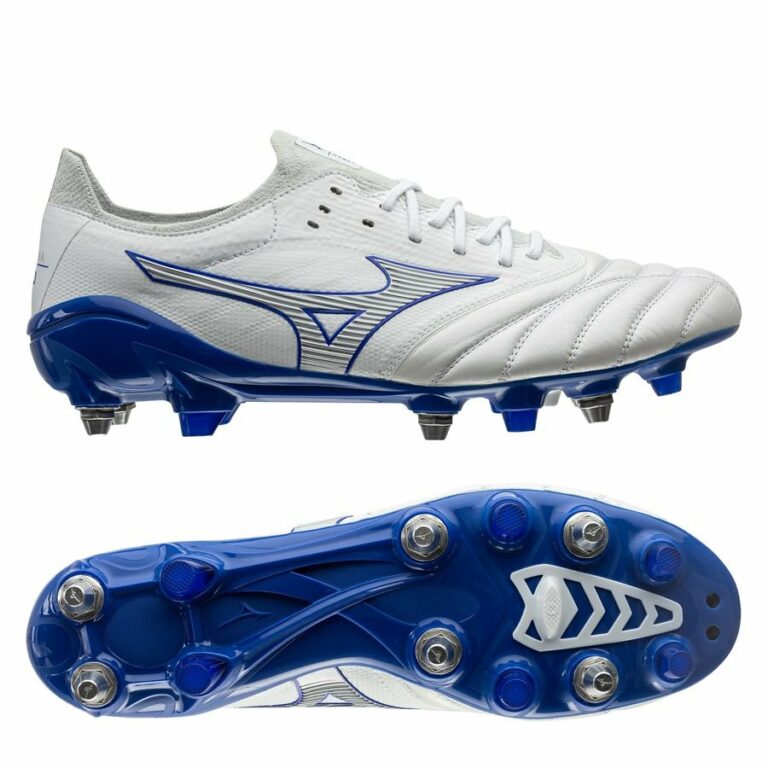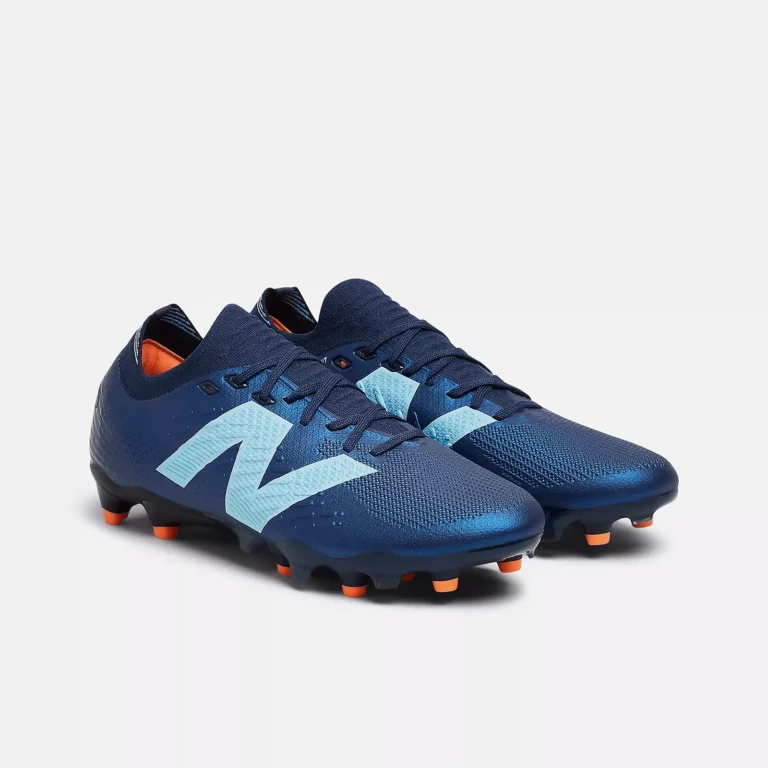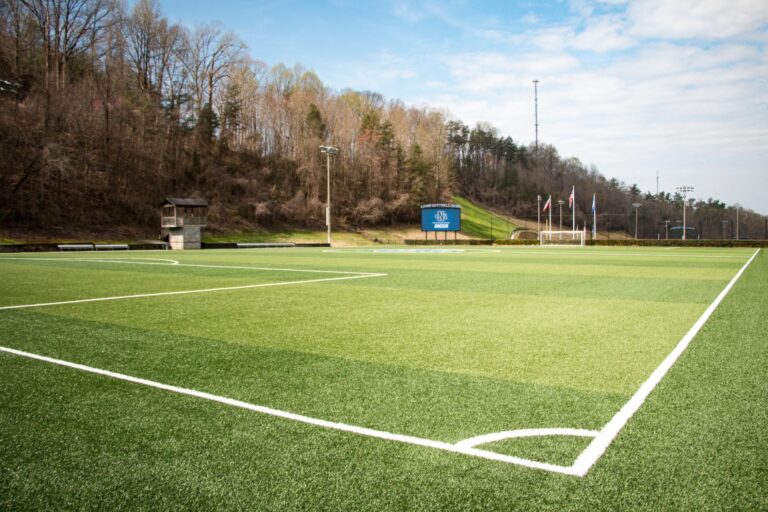The 10 Best Workouts for Footballers
Why Should Footballers Workout?
If you’re a footballer, then you know that it takes a lot of hard work and dedication to stay in shape. You also know that it’s important to focus on strength, speed, balance, and agility if you want to be the best player you can be. In this article, we will discuss 10 of the best workouts for footballers to help improve your performance on the pitch. These exercises are designed to help prevent injuries and make you faster, stronger, and more agile.
Although hitting the gym is crucial for becoming an optimal player, you should also be sure to balance these workouts with soccer specific training. This can include juggling, individual drills, and small sided games. Combining gym work with on the field training will help you develop into a well rounded player.
Strength Exercises for Footballers
Becoming stronger can help improve all elements of your game. Building up your lower body with a variety of leg exercises will help you develop explosive power on the field. Increasing your strength will also make your body more resilient and less injury prone.
In addition to strength training at the gym, it’s also important to incorporate cardio workouts into your routine as well. High intensity interval training (HIIT) are another great way to build up your overall match fitness. Now, let’s get into the 10 best workouts that you can add to your training program.
Barbell Back Squats

Benefits: Squats are a popular exercise for building lower body strength, and they are one of the most popular leg workouts for footballers. They are performed with a barbell, and they work major muscle groups like the quadriceps, hamstrings, and glutes. In addition, back squats also help to engage the core muscles and improve balance. When done correctly, back squats can be an excellent way to build strength and improve overall fitness.
How to Perform: To perform a back squat, start by standing with feet hip-width apart and a barbell resting across the shoulders. Bend the knees and lower the hips until the thighs are parallel to the floor (or as low as you can go). Return to standing by pressing through the heels and extending the hips and knees. Repeat for 5-10 repetitions. For best results, be sure to keep the core engaged throughout the movement and avoid arching the lower back.
Trap Bar Deadlifts
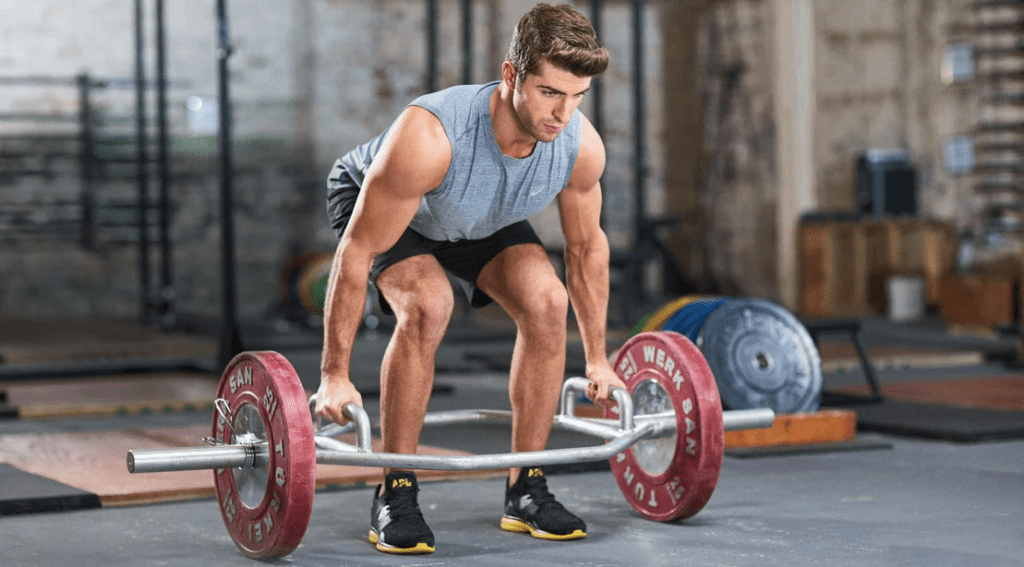
Benefits: Trap bar deadlifts are a great exercise for building strength and power. The trap bar is specially designed to allow lifters to keep their hands in a neutral position, which reduces stress on the shoulders and elbows. Additionally, the trap bar allows lifters to use a wider grip, which can help to recruit more muscles. As a result, trap bar deadlifts can be an effective way to build strength and size. When performed correctly, the exercise can also help to improve coordination and balance. This makes it one of the best workouts for footballers looking to improve their athleticism.
How to Perform: To perform a trap bar deadlift, start by positioning the bar in the middle of your feet. Your feet should be shoulder-width apart, and your grip should be just outside of shoulder-width. Bend at the hips and knees to lower your body down to the bar, keeping your back straight and your head up. Exhale as you drive through your heels to stand up tall, and squeeze your glutes at the top of the movement. Inhale as you lower the bar back down to the starting position. Repeat for 8-10 reps.
Split Squats
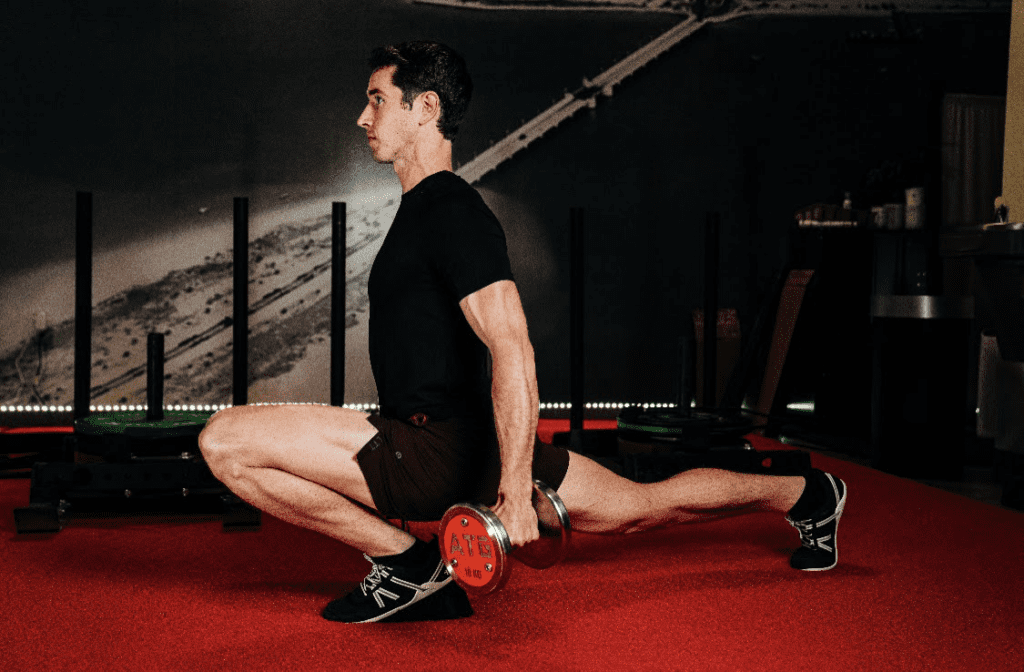
Benefits: Split squats are a great way to build lower body strength and stability. They can be done with bodyweight, or with added resistance in the form of dumbbells or barbells. The key benefits of split squats are that they target the quads, hamstrings, and glutes, while also engaging the core and stabilizer muscles. They can be incorporated into any workout routine, and are an ideal exercise for those who are new to weightlifting. Split squat workouts can also help bulletproof your hip flexors, which is a great benefit for footballers.
How to Perform: To perform a split squat, start by standing with your feet hip-width apart. Take a large step forward with your right leg, and lower your body until your right thigh is parallel to the ground. Keep your left leg straight as you lower down. Reverse the motion to return to the starting position. Complete the desired number of reps before switching legs and repeating on the other side.
Hyperextensions

Benefits: Hyperextensions are a great way to strengthen your lower back and improve your posture. When performed properly, they can also help to relieve tension in the lower back and improve range of motion. In addition, hyperextensions can help to increase muscle endurance and improve balance.
How to Perform: To perform a hyperextension, start by lying face down on a flat surface. Next, raise your upper body off the ground and hold for a few seconds. Return to the starting position and repeat for 10-15 repetitions. Once you become comfortable with the exercise, try adding resistance by holding a weight in front of you .
Farmers Walks

Benefits: Farmers walks are a simple but highly effective exercise that can be done with very little equipment. The basic movement is to pick up a weight in each hand and walk with it, keeping your shoulders down and your core engaged. Farmers walks have a number of benefits, including strengthening the core and lower body, improving cardiovascular fitness, and increasing grip strength.
How to Perform: To perform a farmers walk, start by standing with your feet shoulder-width apart and holding a weight in each hand. Engage your core muscles and keep your shoulders down as you lift the weights. Walk forward at a steady pace, taking care not to arch your back or let your shoulders relax. If you start to feel any pain, slow down or stop altogether. Farmers walks can be done for time or distance, so find what works best for you and challenge yourself to improve.
Sled Pulls
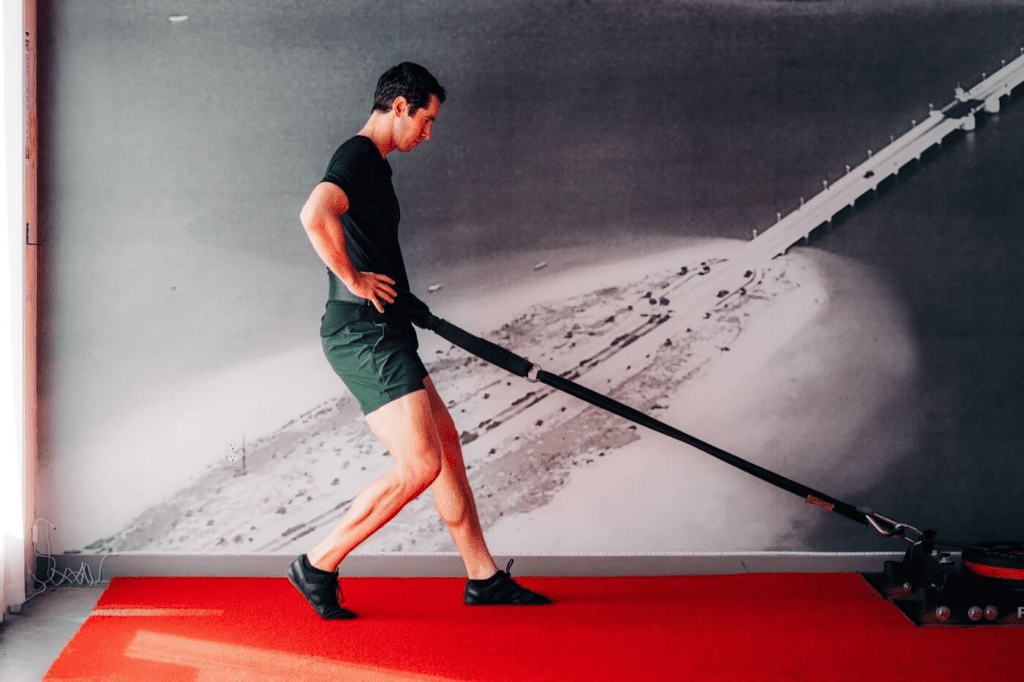
Benefits: The sled pull is a great way for footballers to improve their speed and agility. This exercise consists of pulling an empty weight-loaded cart across the floor, which helps develop quad muscles while also improving cardiovascular endurance. Sled pulls also strengthen ligaments around the knee joints, which helps prevent injury. This makes the sled pull one of the most essential workouts for footballers.
How to Perform: To perform this exercise, you’ll need a weight belt and a sled. Attach the sled to your waist while walking backwards with each step striking down from toe-to heel in turn for 10 yards before turning around and pulling it back over 5 sets (30 sec rest between). For those looking at adding an extra challenge on top – try walking backwards at a faster pace.
Sled Pushes

Benefits: Sled pushes are a great way for soccer players to build lower-body strength and power. By pushing the sled, you can work on your hamstrings, glutes as well as core muscles which all help generate speed when sprinting. In addition, this type of workout offers tremendous flexibility since it’s adaptable depending upon your current fitness.
How to Perform: Once again, you will need access to a sled and some weight plates. Start by pushing the sled, then walk with it for 10 yards before turning around and heading back towards where you started! Try doing 5 reps of this routine five times or until fatigue sets-in (or just stop when complete). Be careful about using too much force. The weights should be challenging but manageable so that your form stays consistent with each step.
Sprints

Benefits: Footballers are constantly running up and down the field, so it’s no surprise that sprinting is one of the most important workouts to have in your rotation. Sprinting helps to increase speed and agility, both of which are essential for success on the pitch. In addition, sprinting can also help to build stamina and endurance, allowing players to maintain their high level of play for the entire game.
How to Perform: When performing sprints, it’s important to warm up first with some light jogging or walking. This will help prepare your body for the more intense exercise to come. Once you’re warmed up, start by sprinting for 30 seconds at about 80% of your maximum effort. Then walk or jog for a minute to catch your breath before repeating the process. As you become more fit, you can increase the length of your sprints and the recovery period in between. With time and practice, you’ll be able to perform this exercise more efficiently and with greater results.
Box Jumps
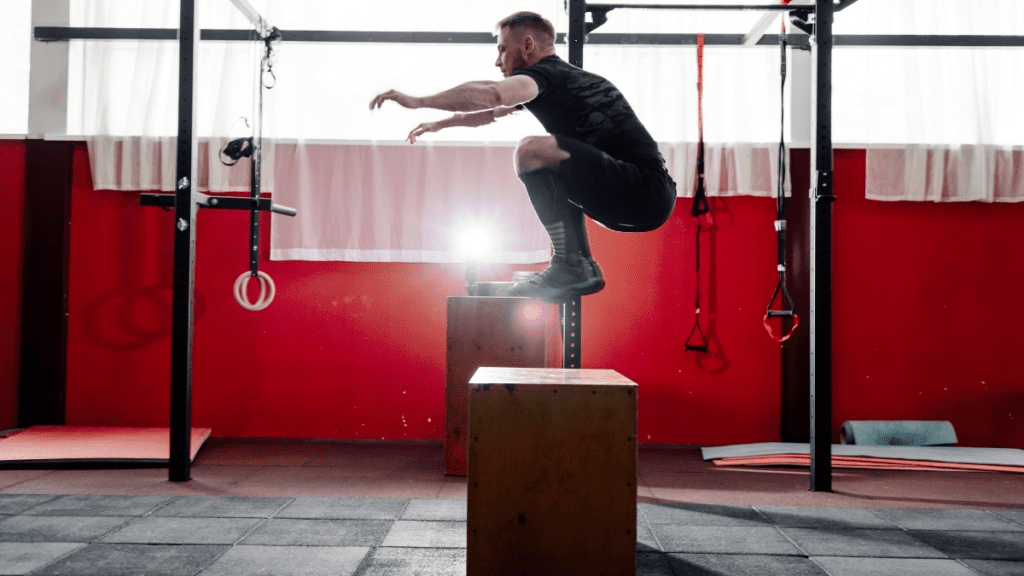
Benefits: Box jumps are a plyometric exercise that can be used to improve explosive power and Reactive Strength Index (RSI). They can also be used to target the fast-twitch muscle fibers, which are responsible for short, burst of energy. Additionally, box jumps can help to improve coordination and balance. Plyometric workouts like this can help prepare footballers for the impacts they may experience in games. When performed correctly, box jumps are a safe and effective exercise.
How to Perform: To perform a box jump, start by standing in front of the box with your feet shoulder-width apart. Bend your knees and swing your arms back, then explosively jump onto the box. Land lightly on your feet with your knees slightly bent, then step or jump back down to the ground. Start with a low box and progress to a higher box as you become more comfortable with the exercise. When selecting a box height, choose an option that allows you to land safely and with good control. Box jumps are a great way to build lower-body strength and power. With practice, you’ll be able to safely add this exercise to your workout routine.
Skater Jumps
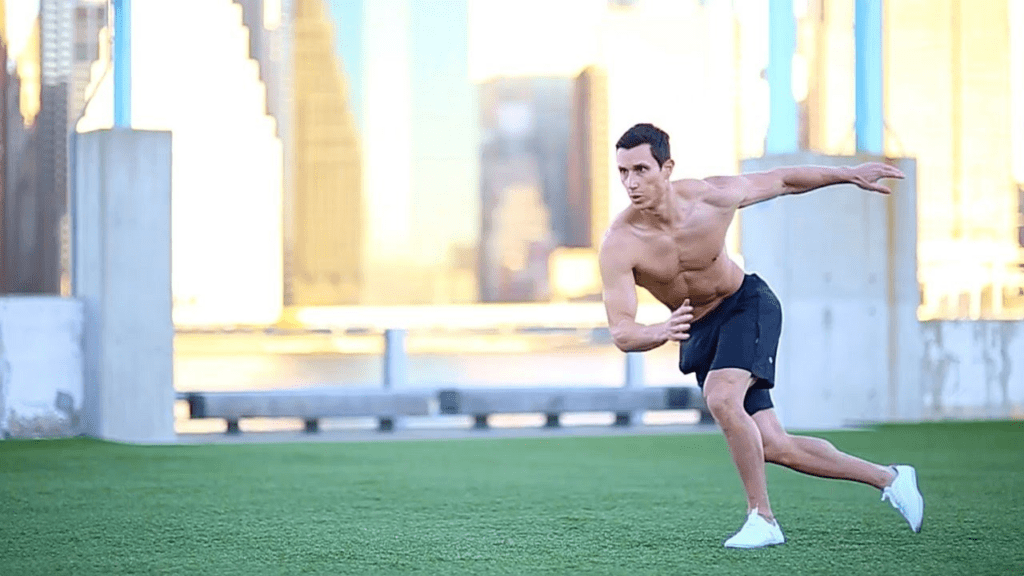
Benefits: Skater jumps are a great way to improve your balance and coordination. As another plyometric exercise, skater jumps help develop explosive power in each leg. They also help prepare your ligaments for lateral acceleration and deceleration. While they may seem difficult at first, with a little practice you’ll be nailing them in no time.
How to Perform: Start by standing on one leg, with your other leg bent at the knee and your arms out to your sides for balance. Keeping your weight on your standing leg, jump to the side, landing on your opposite leg. Be sure to keep your knees bent upon landing, and immediately jump back to the starting position. As you become more comfortable with the movement, you can increase the height of your jumps. You can also try adding a twist, turning your body as you jump from side to side. Skater jumps are a fun and challenging way to add some variety to your workout routine.
- Most Comfortable Football Boots of 2024Boots Featured in this List: Shop Nike Shop Adidas Shop New Balance Shop Puma Shop Adler Shop Mizuno When selecting your next pair of football…
- Nike Phantom GX 2 vs Adidas Predator EliteBoots Featured in this List: Nike Phantom GX 2 Adidas Predator Elite When it comes to soccer cleats, two heavyweights consistently stand out: Nike and…
- Puma Future 7 Pro – ReviewShop Puma Future 7 Pro In this review of the Puma Future 7 Pro, we will explore the design, features, performance, and overall value of…
- Mizuno Morelia 2 Elite ReviewShop Mizuno Morelia 2 Elite The Mizuno Morelia 2 Elite has captured the attention of many players, touted as one of the most comfortable boots…
- Nike Phantom GX 2 Elite ReviewShop Nike Phantom GX 2 Elite Nike continues to redefine the boundaries of athletic footwear with its latest offering in the soccer cleat universe, the…
- Width Matters: Choosing the Right Football Boots for Your FeetBoots Featured in this List: Puma Nike Adidas Mizuno New Balance Width matters, especially when it comes to the width of your football boots. If…
- Nike Premier 3 vs Copa Gloro vs NB 442 V2 ProBoots Featured in this List: Nike Premier III Adidas Copa Gloro New Balance 442 V2 Pro Finding high-performing leather football boots for under $100 can…
- The Best Value Adidas Boot – Copa Gloro ReviewShop Adidas Boot Copa Gloro The Adidas Copa Gloro: An Underrated Gem The Adidas Copa Gloro is a remarkably high-quality football boot that often flies…
- Best Predator Ever? – Predator Elite ReviewShop Adidas Predator Elite For its 30th anniversary, Adidas has gone back to the roots of its iconic Predator football boot series with the launch…




